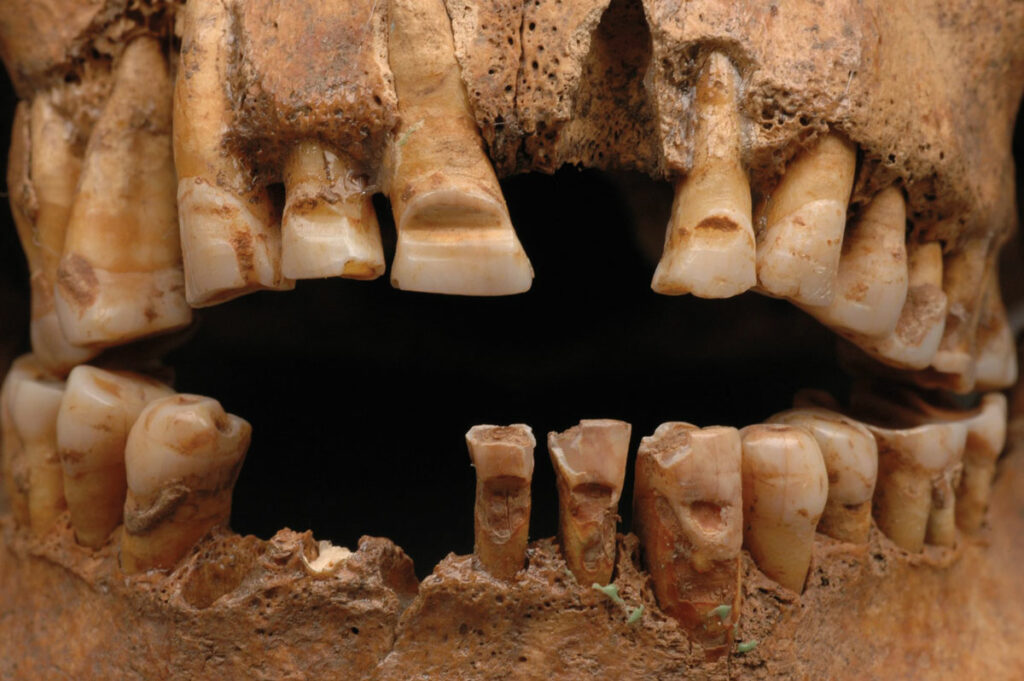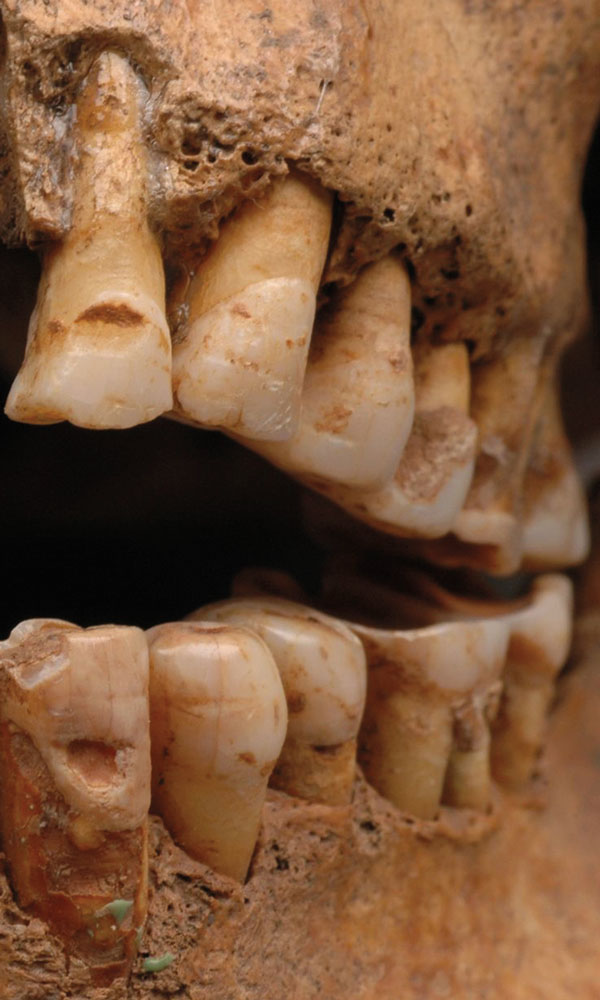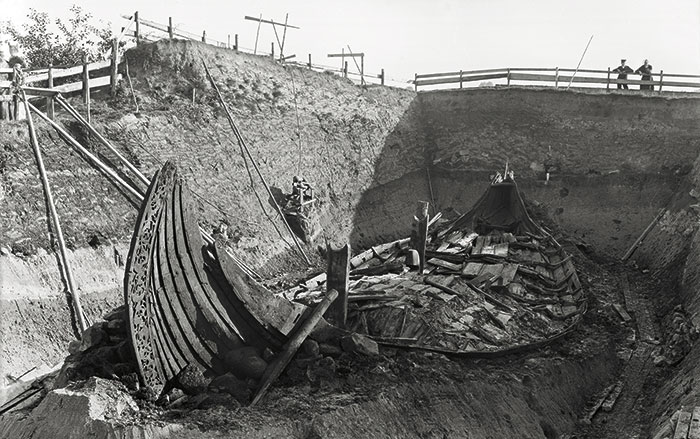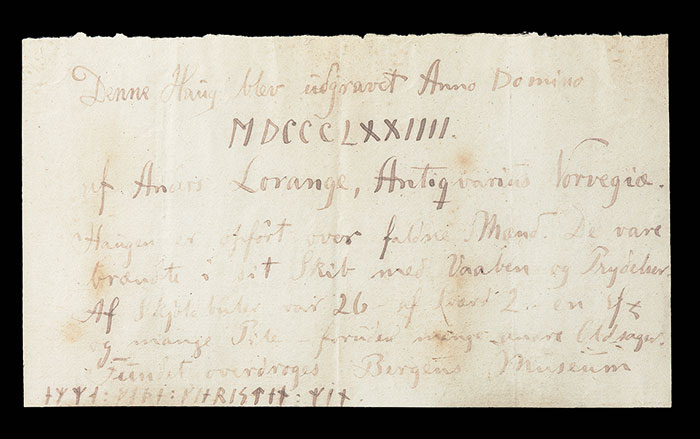Researchers have highlighted a unique way that some Vikings permanently marked their bodies, perhaps as a way of secretly identifying themselves with a specific group. Archaeologists examined the skulls of 130 men who were buried across the Viking world between the tenth and twelfth centuries and who had strange horizontal striations on their teeth. The majority of the men were found in the Kopparsvik cemetery on the Swedish island of Gotland, which was an important trading center. (See “Hoards of the Vikings.”) Originally, the researchers thought the grooves might have been formed during textile production, when the men used their teeth as cutting tools. However, they now believe the unusual markings were intentional. “Most of the tooth filings were carried out with great skill by one person, or a very small group of people, who knew how to make the filings without causing too much damage to the tooth structure,” says archaeologist Matthias Toplak of the Hedeby Viking Museum.
All the individuals included in the study who were buried on Gotland seem to have been part of a distinct class of traders, and the symbolic dental markings would have been recognized by other members of their merchant clan. “I interpret the tooth filings as a clandestine mark of identification of a closed group, similar to certain handshakes or tattoos today,” Toplak says. While passing through trading centers, a member could flash his modified teeth, entitling him to commercial advantages, protection, or other special privileges.













